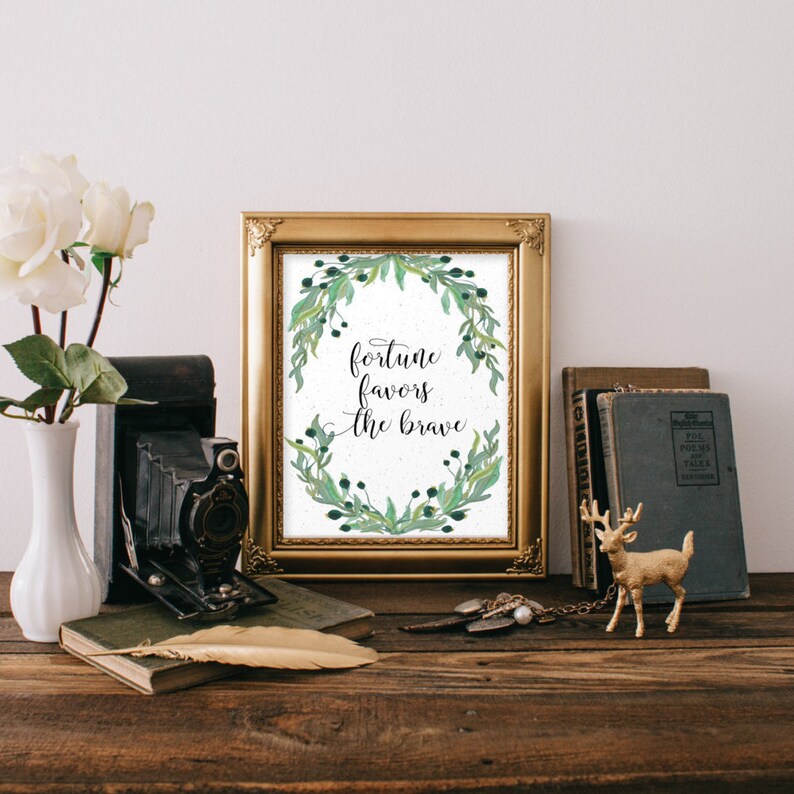

On an individual level this requires putting ‘first things first’ – scheduling and prioritizing those activities, practices and rituals that connect you to your ‘best self’, nurture your strengths and keep you grounded in self-certainty. By prioritizing the small rituals which strengthen how you feel - body, mind and spirit - you expand your bandwidth to thrive under pressure, to adapt quickly to change, and to approach your challenges (and challenging people!) with greater compassion, clarity, confidence and calm. It is built by the small daily actions you take that help you stay connected to the bravest part of yourself and to operate from a place of self-trust, not self-doubt. Resilience isn’t what you have, it’s what you do. BOLSTER RESILIENCE Prioritize what emboldens you (and others) bring your bravest self to your biggest challenges

I hope you’ll take the time to answer them. But here are three strategies to get you started along with four questions. So how can you lead yourself more bravely (a word I use synonymously with courage) and foster an environment that emboldens those around you to bring their bravest selves to the challenges at hand? There are many ways.

Courage is a skill and like all skills it can be learned and mastered with practice. Yet it’s not ‘pie in the sky’ fanciful thinking. This may sound like an enormous endeavor.

Indeed, cultivating a ‘ culture of courage ’ – in the places we connect, collaborate and create - has no finish line. Embedding it within any undertaking or enterprise is an active, continual process that requires a collective, concerted and continual effort. Neither is courage is a one-time decision. This applies as much to each of us as individuals as it does to the communities and organizations in which we belong. Rather courage is the decision to act amid our fear and despite the risks, managing them appropriately but not discounting the hidden costs of over-caution. Of course, courage isn’t the absence of fear or denial of legitimate risks.


 0 kommentar(er)
0 kommentar(er)
